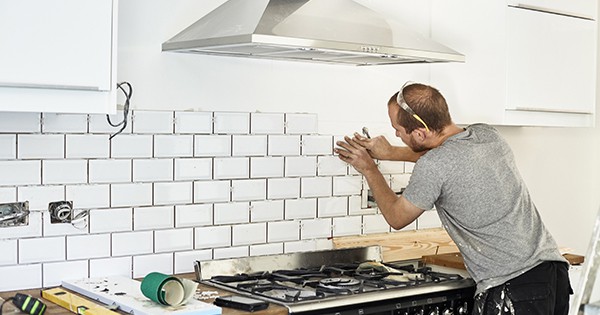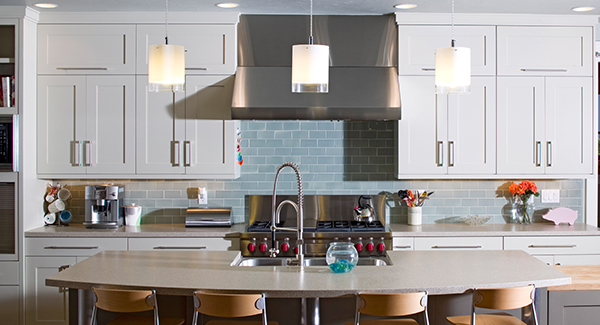
Last Updated on January 4, 2023
Whether you’re getting ready to tackle your outdated kitchen or fixing up your home to sell, you’ll likely need to lean on the expertise of a general contractor to get the job done.
Here are the six most typical mistakes homeowners make when it comes to working with a GC and how you can avoid them.
Not getting referrals
Don’t go with the first contractor you google, but rather ask around for a better experience. Ideally, your efforts will hopefully provide you with a list of three to four candidates.
If you’re unable to get referrals through trusted sources, use sites like Angie’s List, Houzz or NextDoor to help you find the right person. Just be sure to evaluate these recommendations carefully and always ask to see photos of completed projects.
Once you’ve narrowed your list down, call up your prospects to discuss your job— keep in mind, you’ll likely be able to pair your list down from here as some contractors won’t have the necessary experience or availability for your specific project.
Finally, invite the ones that pass the phone interview out to your home for an estimate.
Not asking the right questions
Think of the estimate as a job interview— this is a perfect time to size up the person who’ll be responsible for executing your vision. In other words, don’t turn away from asking questions:
- What experience do you have completing projects like mine?
- When can you start?
- Can you give me a list of references?
- Are you licensed, bonded and insured? (This is a biggie— unless you want to be the one responsible for a subcontractor getting hurt on the job, you’d better speak up and get the facts.)
- Will you pull the necessary permits? (Shy away from contractors who ask you to pull permits.)
- When will I pay? (Run from anyone who makes you pay a large sum upfront or requires payment in full before the final walkthrough.)
Not being upfront about your budget

Contractor bids can run the gamut— you’ll see everything from bottom of the barrel pricing to sky-high bids (more on this later). So before you wait to receive a bid that’s way over the amount you’re willing to spend, let your contractor know what you’re working with.
Most seasoned GC’s can quickly provide you with a ballpark figure. Being direct with your budget also allows the contractor to suggest less expensive alternatives that will save money along the way.
Not hiring an interior designer for large-scale projects
If your inspiration for the job is largely in your head and scattered throughout your Pinterest boards, you’re better off hiring an interior designer to provide guidance and give ideas. Think hiring an interior designer is too costly?
Think again— homeowners report spending less money on renovations when designers are involved. Not only do they work directly with contractors to save you loads of time, they are so well-versed in their trade they typically make multiple suggestions for cost-saving materials and design.
Smart homeowners leave the building up to the builder and the designing up to the designer.
Not reviewing your bid

You should expect a timely, well-thought out bid from each contractor who shows up to do an estimate. Save yourself some heartache and examine bids with a fine-tooth comb.
A complete bid should include estimated timeline, any permits necessary to complete the job, specific materials used, and scope of work. You’ll likely be surprised to find out bids will be all over the map when it comes to total project cost, so take the time to make sure you’re comparing apples to apples.
The lowest bid is often lowest for a reason (i.e. cheap materials vs. quality products and contractors not pulling necessary permits, etc.). It’s your job to find out why the bids differ in price.
Not clarifying specifics
There’s a lingo to every industry and construction is no different. You and your contractor may have several miscommunications if general words are being tossed around without photos to show exactly what you’re trying to accomplish.
Your contractor won’t be upset if you overload them with photos of what you want—but there will be tears and money lost if they start building something you didn’t have in mind.



